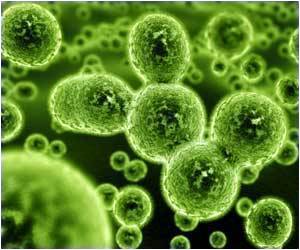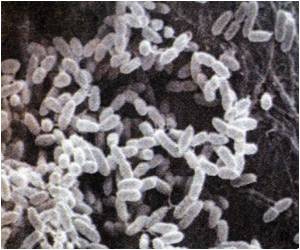Physicians have always been intrigued by the many infections, even those caused by antibiotic-sensitive bacteria, which poses a huge challenge to cure.

What produces starvation-induced antibiotic resistance, and how can it be overcome? In a paper appearing this week in Science, researchers report some surprising answers.
"Bacteria become starved when they exhaust nutrient supplies in the body, or if they live clustered together in groups know as biofilms," said the lead author of the paper, Dr. Dao Nguyen, an assistant professor of medicine at McGill University.
Biofilms are clusters of bacteria encased in a slimy coating, and can be found both in the natural environment as well as in human tissues where they cause disease. For example, biofilm bacteria grow in the scabs of chronic wounds, and the lungs of patients with cystic fibrosis. Bacteria in biofilms tolerate high levels of antibiotics without being killed.
"A chief cause of the resistance of biofilms is that bacteria on the outside of the clusters have the first shot at the nutrients that diffuse in," said Dr. Pradeep Singh, associate professor of medicine and microbiology at the University of Washington in Seattle, the senior author of the study. "This produces starvation of the bacteria inside clusters, and severe resistance to killing."
Advertisement









